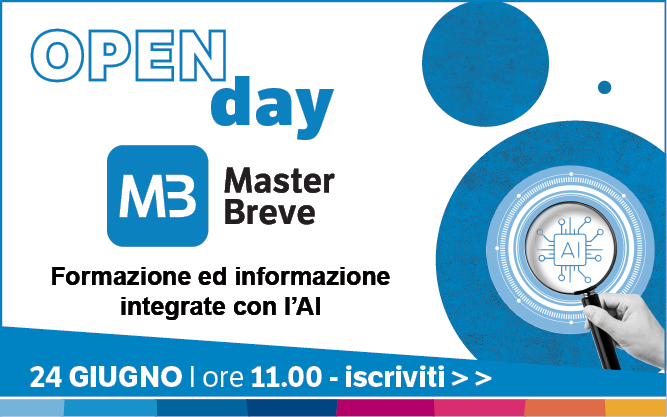1. Creating a culture of cooperation
To achieve their goals effectively, team members need to be able to co-operate and be generous with their own resources, this includes their own particular talents. When people get to know the strengths of their individual team members, they can use the different skills and expertise in the team to their advantage.
Team leaders can help to create a culture of cooperation by setting an example that includes spending time talking to each individual, supporting them and sharing their knowledge and resources with their team. When we see our team leaders being open and welcoming different ideas, we are more likely to do the same.
2. Defining clear goals and clear roles
Working in a team without clear goals is like running a race without a finish line. In order for team collaboration to be successful, members need to have clear goals in mind and understand their individual responsibilities. This not only helps them to understand what part they play in the team’s success.
3. Leaders – focus on tasks and relationships
Objectives are important, but we should also remember that a team is made up of people and their unique relationships to each other. The stronger those relationships are, the higher the probability that the team is effective.
A report by Harvard Business Review found that the most productive and innovative teams often have leaders with a flexible leadership style. They may start a project being task-focused and defining the goals and roles in a team. However as the project continues, they are able to switch to a more relationship-oriented style, which focuses on team-building and creating an environment of friendliness and trust.
4. Maintaining open lines of communication
If we want the members of our teams to work well together, communication is always the key. We should be able to provide effective channels of communication and encourage people to share and update on what they’re doing. A standard meeting once a week for updates is not enough to give this level of communication. There are many project management tools like Microsoft Teams or Slack that provide a regular and open channel of communication with everyone. Another option could be creating a group on messaging apps like WhatsApp or LINE to offer team members a chance to informally communicate with others.
5. Encouraging community spirit
Companies often organise social events as they understand the importance of creating a sense of community. Activities could be anything from a weekly lunch spent together sharing food to even quizzes in the afternoon or after work. Or you can start with simple, everyday things like sharing coffee breaks together or creating a space to swap books. Ideas like these all encourage collaboration by bringing people together and helping them bond with their colleagues.
Collaboration is an opportunity to learn from each other and encourage fresh thinking, as well as a source of energy, strength and continued effort. As the saying always goes, ‘If you want to go fast, go alone. If you want to go far, go together.’
























